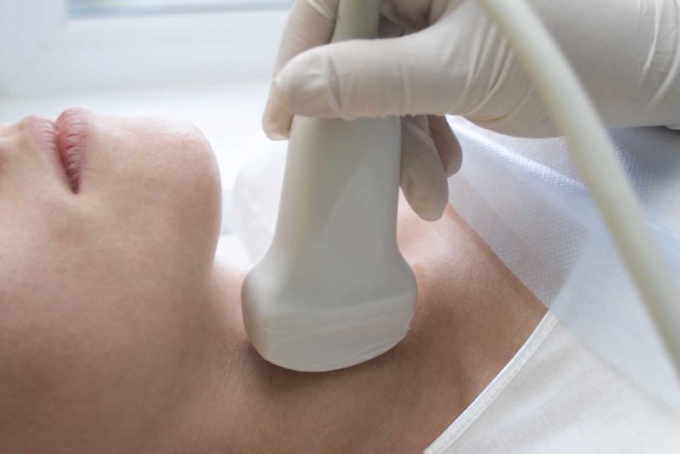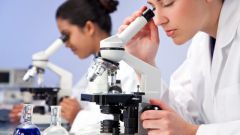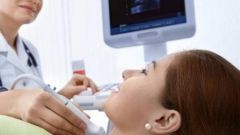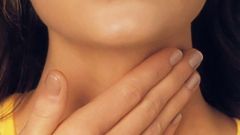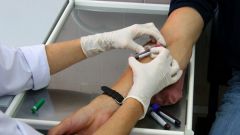You will need
- - laboratory work and analyses.
Instruction
1
You will undergo ultrasound examination, which allows to determine the size of the thyroid gland, location, presence or absence of nodal formations, changes in the lymph nodes and the structure of the tissue.
2
If the doctor deems it necessary to conduct additional survey, will be appointed scintography. This survey method is based on the introduction of iodine or technetium and allows to judge about the function of the thyroid gland. This survey is used only if ultrasonography is insufficient to make an accurate diagnosis or suspected cancer.
3
If you have appointed a puncture of the thyroid gland, so the doctor has reason to believe that there is nodular goiter or difficult to make an accurate diagnosis on the basis of already conducted examination methods. When carrying out the puncture with a fine needle takes a tissue sample for further biopsy under a microscope. The study allows us to determine the cellular composition of the tissue.
4
Also must prescribe blood tests to determine the level of hormones TSH, T-4, T-3. If you are taking hormonal drugs, they canceled two weeks before the survey. You will take blood from a vein, which will help to determine not only the level of hormones, but the presence of antibodies to thyroglobulin, tirosingidroksilazy and calcitonin.
5
When the normal function of the thyroid gland TSH 0.4-4.0 mu/l, T-4 – 9-22 pmol/l, T-3 – 2,6-5,7 pmol/l. Any deviations indicate the presence of a disease, which requires systematic treatment and follow-up survey.
6
The endocrinologist will put you on outpatient records, will prescribe hormones or iodine. You must comply with all recommendations of the doctor, the time has come to repeat a course and pass a test examination, which will allow to judge the effectiveness of treatment and the time to make a correction, if prescribed medications are not sufficiently effective or are assigned a small dose.
